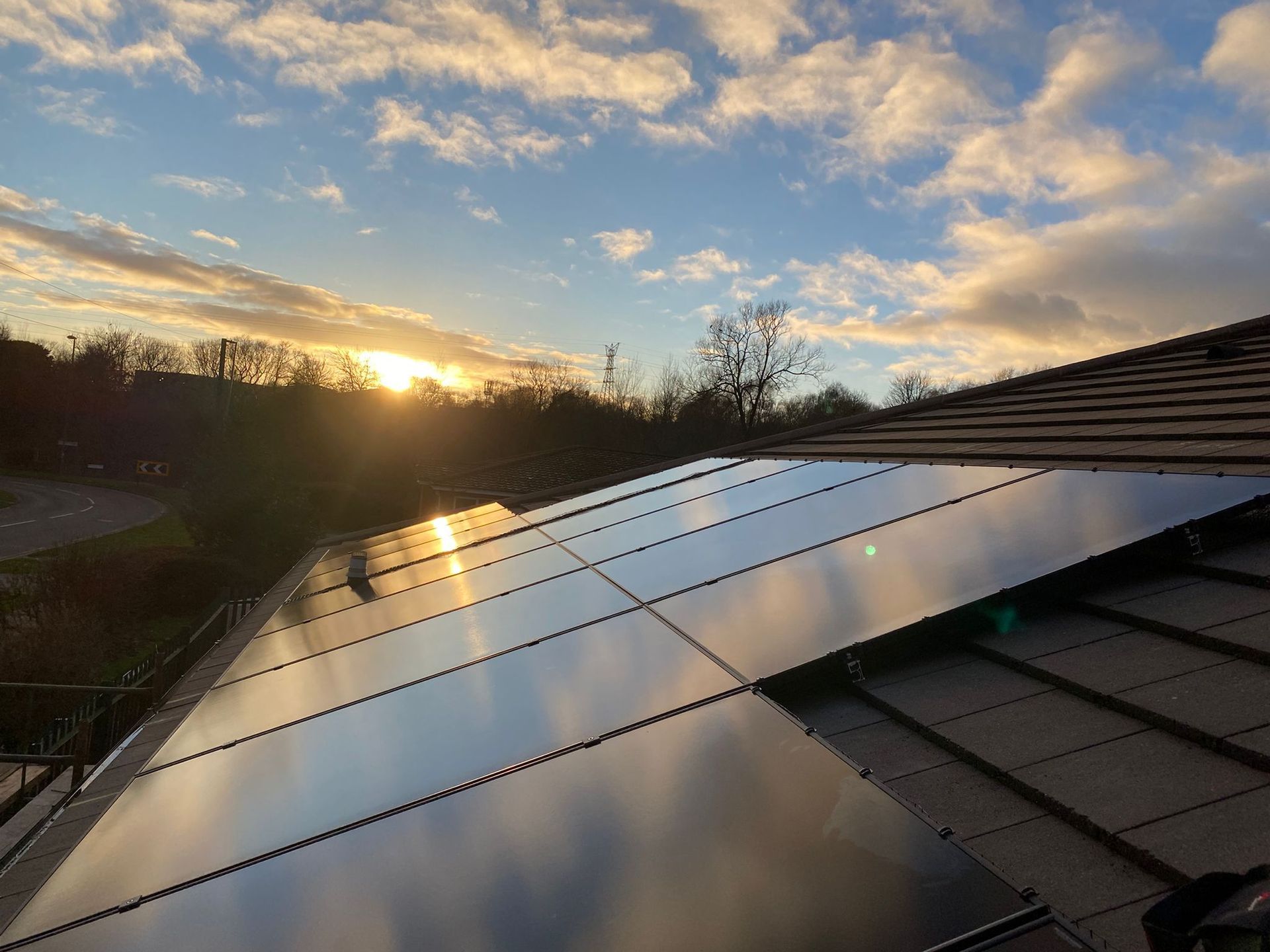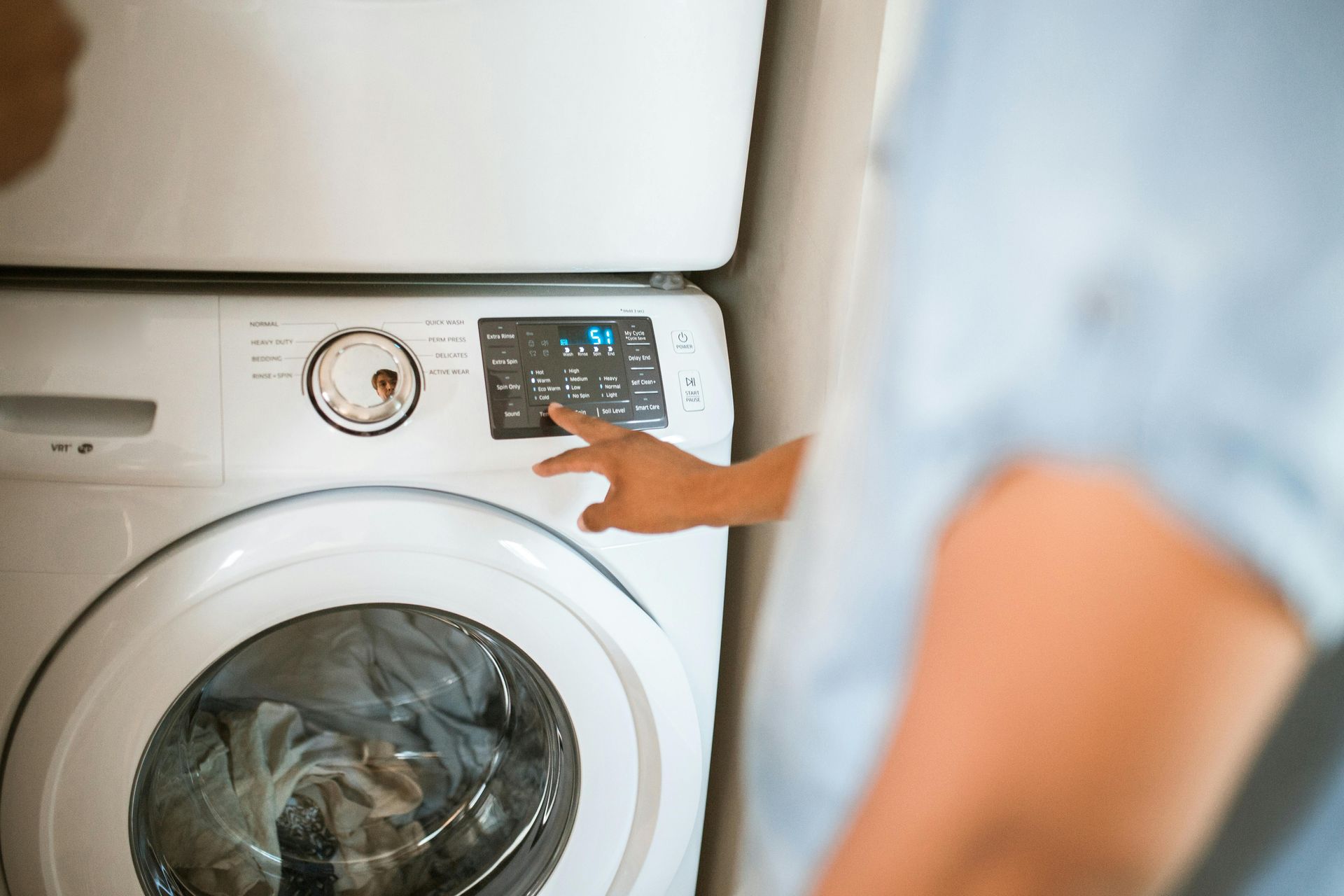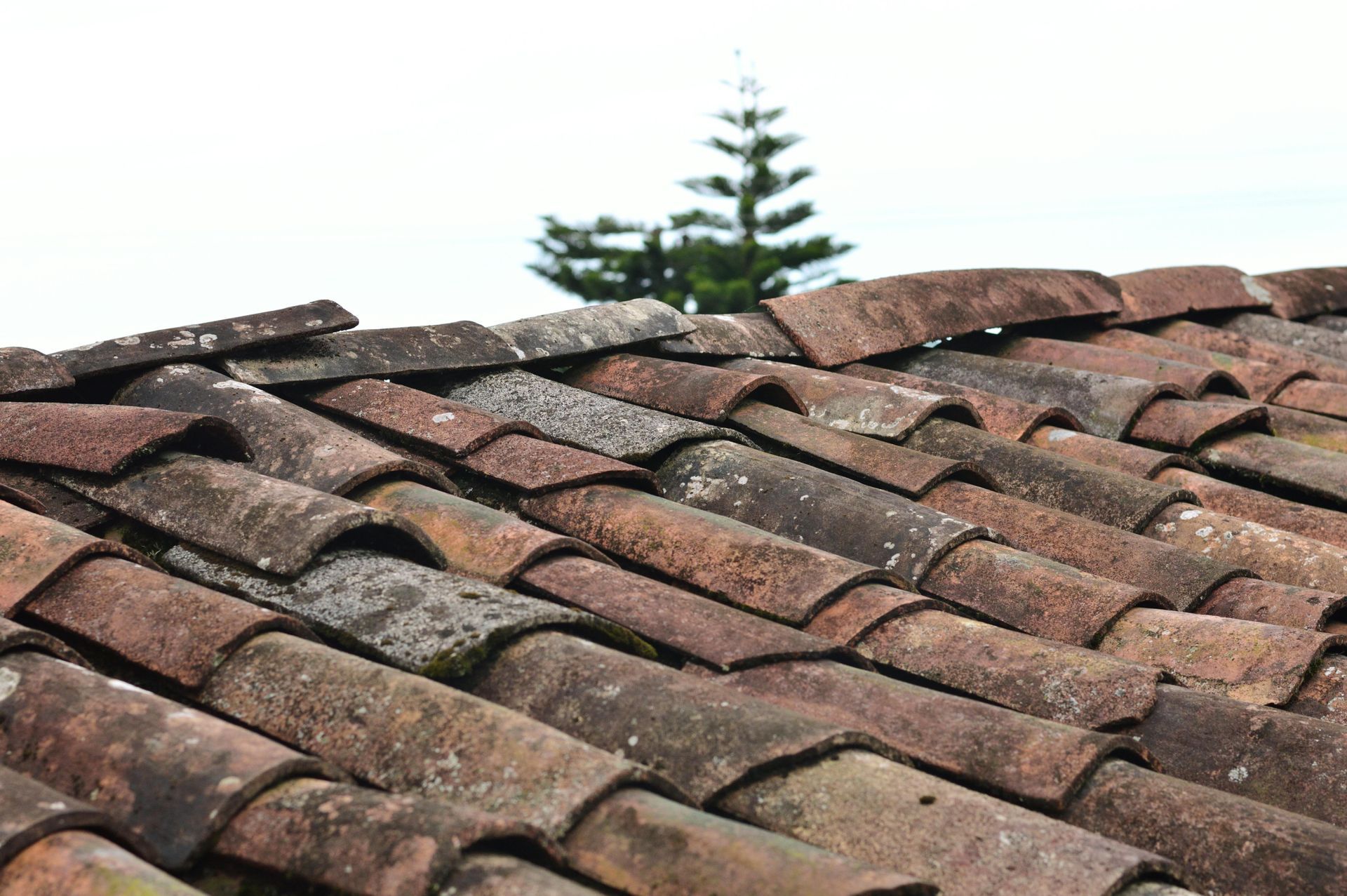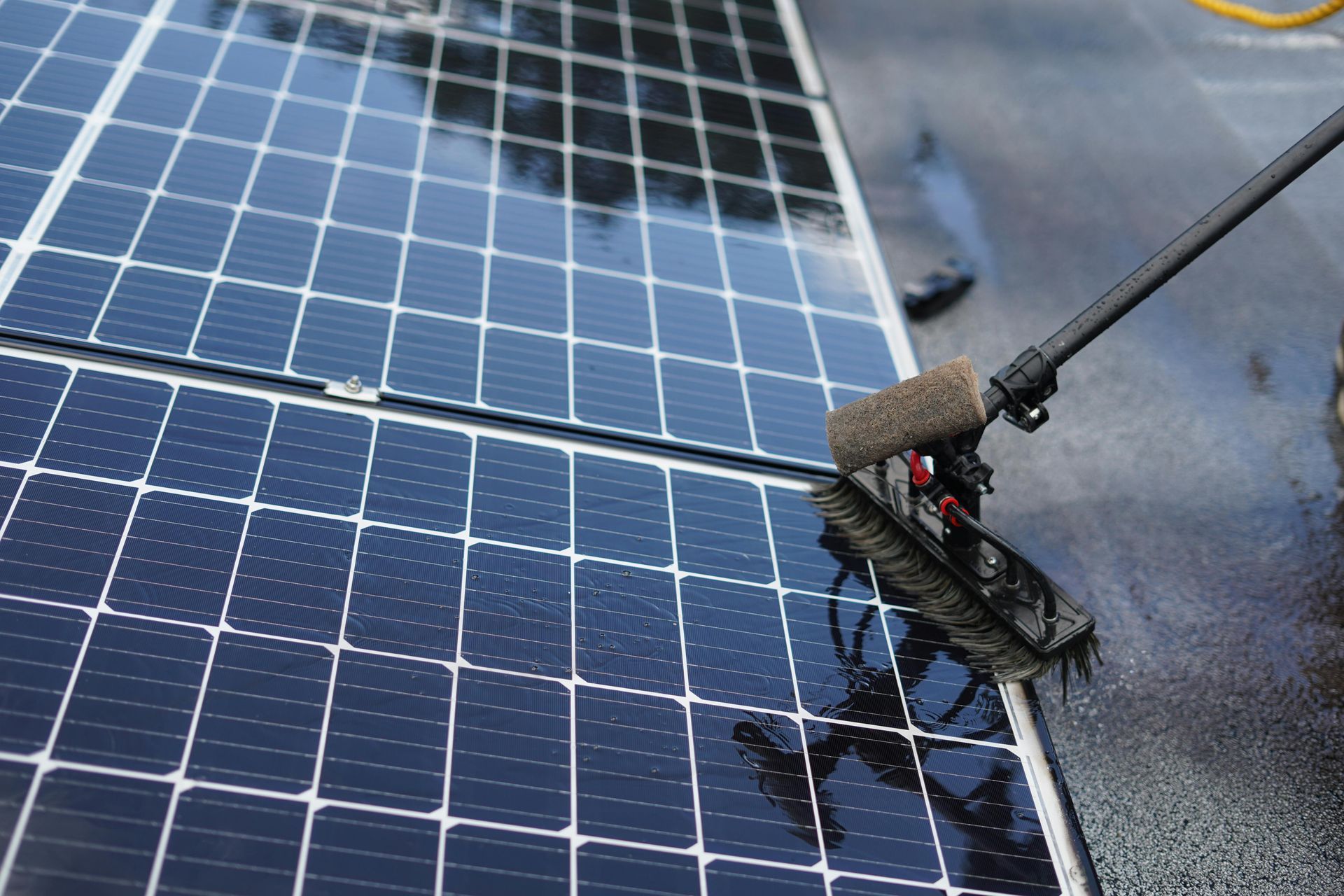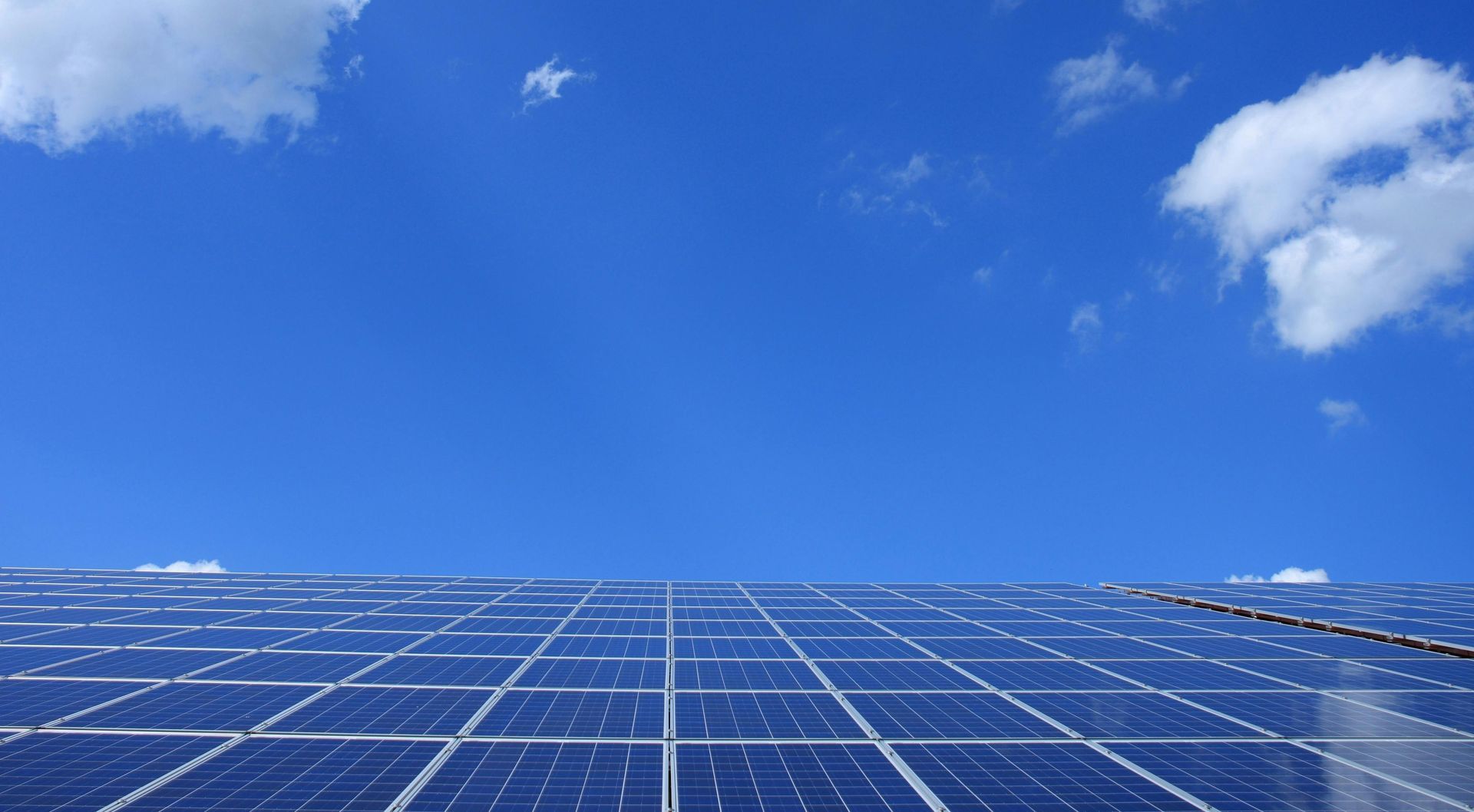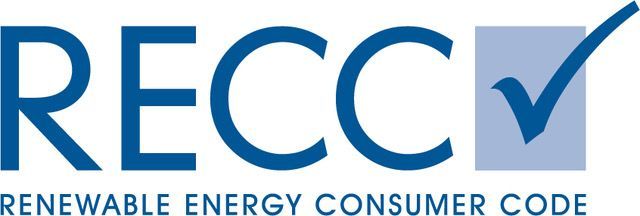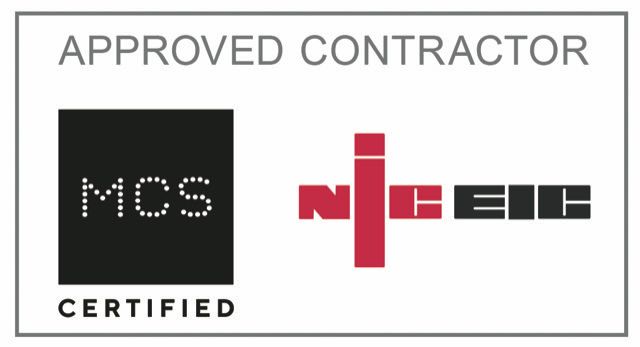The Longevity of Home Solar Systems
Maintenance Tips for a Greener Future

In some cases, home solar systems don't last as long as they could and should — and that's often down to avoidable issues. If you've invested in sustainable energy, you want your solar panels to keep working efficiently for years. Knowing simple solar panel maintenance tips can help you extend solar panel life without costly repairs.
Understanding Solar Panel Lifespan
What to Expect from Your Investment
Most quality solar panels are designed to last between 25-30 years, but with proper care, many systems can function well beyond their warranty period. The degradation rate (how quickly panels lose efficiency) typically ranges from 0.5% to 1% annually, meaning even after 25 years, your panels should still operate at 75-87.5% of their original capacity.
Common Factors Affecting Longevity
Several elements can shorten your solar panel lifespan:
- Physical damage from severe weather
- Dust and dirt accumulation
- Shading from growing trees or new structures
- Faulty wiring or component failure
- Poor initial installation
Essential Solar Panel Maintenance Tips
Regular Cleaning Routines
Dirt, leaves, bird droppings and other debris can significantly reduce your system's efficiency. For optimal performance:
- Clean panels 2-4 times yearly (more in dusty areas)
- Use soft brushes and mild soap with plenty of water
- Avoid abrasive materials or harsh chemicals
- Clean during early morning or evening to prevent thermal shock
- Consider professional cleaning for difficult-to-access rooftop installations
Inspection Practices
Regular visual checks can catch small issues before they become major problems:
- Look for cracks, discolouration or hot spots on panels
- Check for loose wiring or damaged junction boxes
- Ensure mounting hardware remains secure
- Monitor for unexpected shade from new growth or structures
- Review system performance data to spot efficiency drops
Professional Maintenance
While many aspects of solar panel care can be handled by homeowners, scheduling professional inspections offers additional benefits:
- Comprehensive electrical testing
- Infrared scanning to detect hot spots
- Torque checks on mounting hardware
- Inverter performance assessment
- Software updates for monitoring systems
Seasonal Considerations for Home Solar Systems
Winter Care
Snow-covered panels produce little electricity, but proper management can minimise downtime:
- Allow light snow to melt naturally rather than scraping
- Use a soft snow rake for heavier accumulation
- Check for ice dams that might damage panel edges
- Monitor system performance during shorter daylight hours
Summer Optimisation
Hot weather brings different challenges:
- Clean more frequently during dry, dusty periods
- Ensure proper ventilation beneath panels to reduce heat
- Monitor for storm damage after severe weather
- Check for new shade patterns from seasonal foliage
Monitoring Performance to Extend Solar Panel Life
Using System Data Effectively
Most modern solar installations include monitoring capabilities that provide valuable insights:
- Track daily, monthly and yearly production patterns
- Compare output to expected performance
- Note sudden changes in generation
- Set alerts for significant performance drops
- Document maintenance activities and their impact
When to Seek Professional Help
Contact your installer or a qualified solar technician when:
- Production drops significantly without obvious cause
- Physical damage is visible on panels or equipment
- Inverter displays error codes or functions intermittently
- Monitoring system shows consistent underperformance
- Electrical issues occur in your home
Financial Benefits of Preventive Care
Investing time and resources in solar panel maintenance delivers tangible returns:
- Maximised electricity production throughout system life
- Reduced need for costly repairs or component replacements
- Extended operational lifespan beyond warranty periods
- Higher property value from well-maintained sustainable energy systems
- Continued savings on electricity bills
Creating a Maintenance Schedule for Your System
Sample Annual Plan
Developing a structured approach ensures consistent care. Here's a suggestion of care and maintenance over a 12 month period:
Spring:
- Complete thorough cleaning after winter
- Check for winter damage to panels and mounting
- Clear away new vegetation that might cause shading
- Schedule professional inspection if needed
Summer:
- Monitor performance during peak production season
- Quick cleaning as needed during dry periods
- Check for storm damage after severe weather
Autumn:
- Remove fallen leaves and debris
- Trim back branches that might cause winter shading
- Clean thoroughly before winter
Winter:
- Monitor snow accumulation
- Check system performance data
- Plan for spring maintenance needs
By following these guidelines, you'll help ensure your home solar system remains a reliable source of sustainable energy for decades to come, making your investment in green technology even more valuable and impactful.


